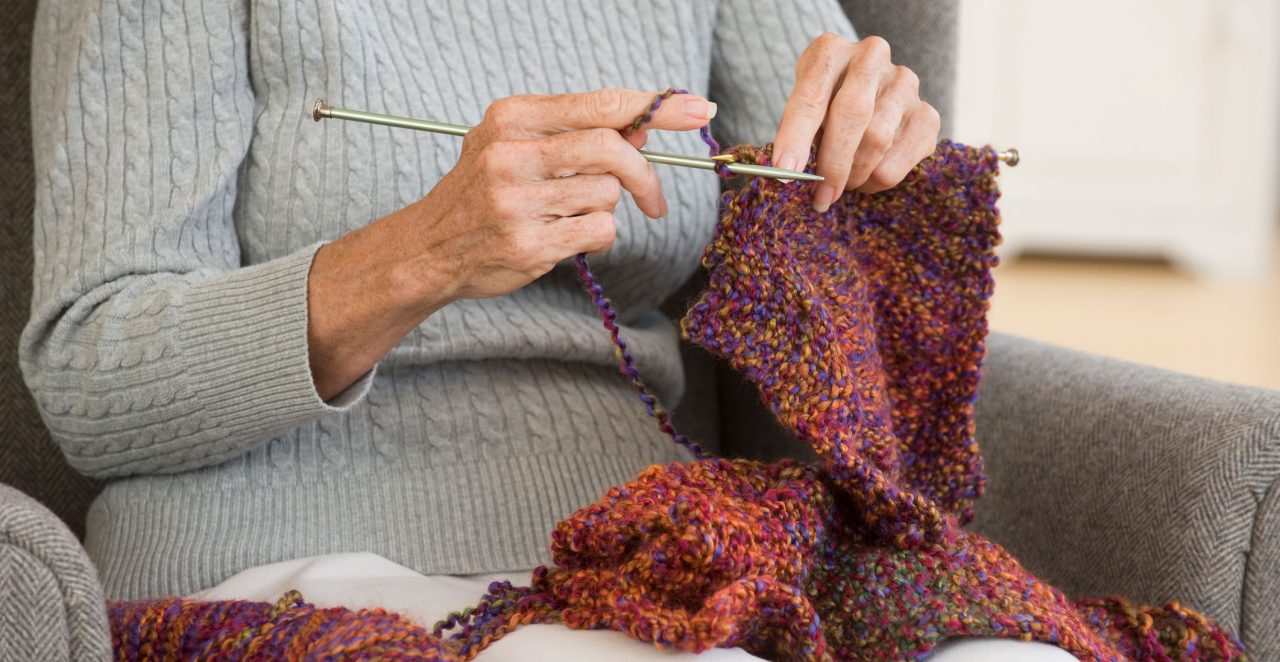Who Is at Risk for Osteoarthritis?

Osteoarthritis is the most common form of arthritis. Learn who is at risk for osteoarthritis to lower your chances of getting this inflammatory disease.
Osteoarthritis, or OA, is a chronic disease that damages the cartilage and ligaments in your joints. It causes the bones of a joint to rub against each other, producing abnormal bone growths, pain, inflammation, and stiffness. It is the most common form of arthritis and one of the leading causes of disability in the United States.
Osteoarthritis was once considered a normal erosion of tissue that happens as you age. But developing osteoarthritis is not an inevitable part of getting older. Instead, a variety of risk factors influence the condition.
YOU MIGHT ALSO LIKE: Symptoms of Osteoarthritis
Who is at risk for osteoarthritis?
Anyone can develop osteoarthritis during their lifetime. You are more at risk for osteoarthritis if you:
- Had a previous joint injury or cartilage tear, especially if you were an athlete
- Are over 50
- Are female
- Are overweight or obese
- Have a family history of arthritis, osteoarthritis, or joint diseases
- Have arthritis in another joint
- Perform a job or hobby that puts repetitive strain on your joints
Aging and osteoarthritis risk
Although developing osteoarthritis is not an unavoidable part of aging, getting older does increase your likelihood of joint damage and inflammation.
Research has found that aging contributes to osteoarthritis risk, though other risk factors usually influence how the disease progresses and which joints it affects. Additionally, as you age, your body’s ability to repair tissue slows down. That can accelerate the progression of osteoarthritis and increase its severity.
Women and osteoarthritis risk
Women are more at risk than men for developing osteoarthritis. They are also more likely to be severely impacted by OA, particularly in their knee joints, and have a greater likelihood of disability.
Researchers have considered several theories for the disparity. Some studies hypothesize that, because women’s joints are typically smaller than men’s, they have less cartilage to begin with and its deterioration affects them more. Other research has shown that women may experience pain differently than men.
Genetic risk factors for osteoarthritis
Osteoarthritis runs in families, and studies in the field of genetics have helped scientists understand why. Initial studies confirmed three gene variants that influence osteoarthritis risk. Further research found an additional eight genes that affect your risk of OA.
The exact relationship between OA and genetic variants is still under investigation. Knowing which genes to look at, however, could help identify who is at risk for osteoarthritis before the disease develops.
Metabolic and hormonal risks for osteoarthritis
Osteoarthritis causes a high degree of inflammation in your body. Some studies have found that it responds to medication designed to treat inflammatory and hormonal disorders. Multiple research teams have shown a link between OA and inflammatory metabolic diseases, such as type 2 diabetes, independent of related factors like obesity or age.
That may indicate some forms of osteoarthritis are themselves a metabolic disorder, rather than simple wear and tear resulting from overuse and age-related deterioration.
Obesity and osteoarthritis risk
Being obese or overweight increases your risk of osteoarthritis. Research teams have shown that, for every two-unit increase in body mass index, your risk for OA increases by 36 percent. Studies have also found that higher body weight is associated with lower levels of joint function and higher levels of pain in people with OA.
Part of the reason is the increased strain that a high body weight puts on your joints and connective tissue. Some scientists, however, believe that the relationship between obesity and osteoarthritis is not causal; that is, the genetic and metabolic factors that increase your risk for obesity can also raise your risk for osteoarthritis.
Additionally, some research has noted that obesity can worsen symptoms of osteoarthritis by causing other health problems. Being overweight is associated with conditions like cardiovascular disease or breathing problems, which can limit your ability to move comfortably and exercise. Because exercise maintains muscle support around your joints and preserves your range of motion, a condition that decreases your ability to move can worsen symptoms of osteoarthritis and cause joint damage to progress more rapidly.
Though the exact relationship between obesity and osteoarthritis risk is still unknown, multiple studies have confirmed that weight loss reduces your risk for and symptoms of osteoarthritis.
Updated:
June 20, 2023
Reviewed By:
Christopher Nystuen, MD, MBA